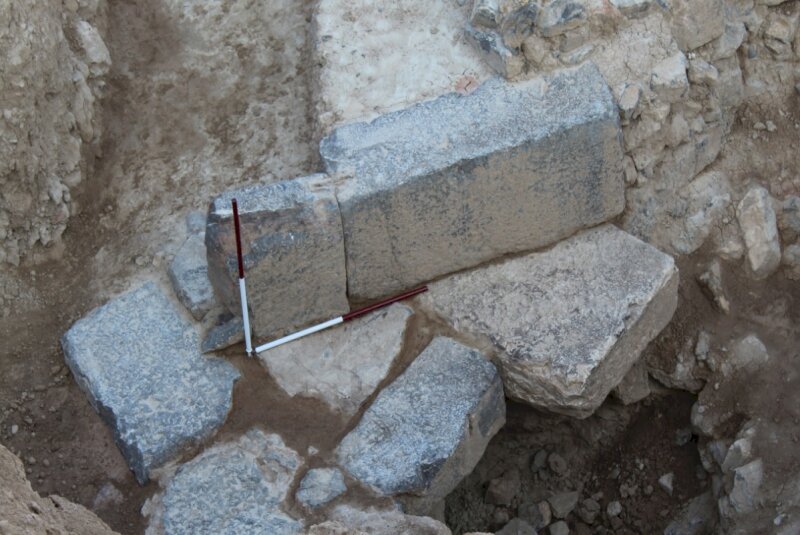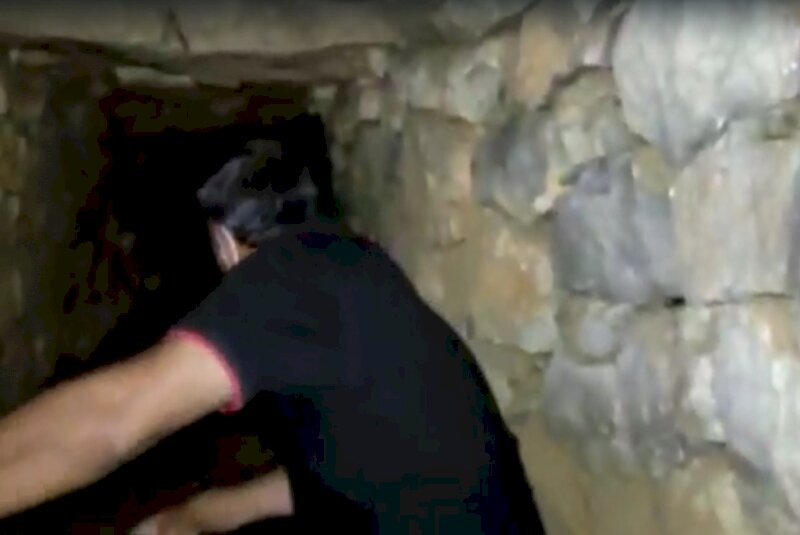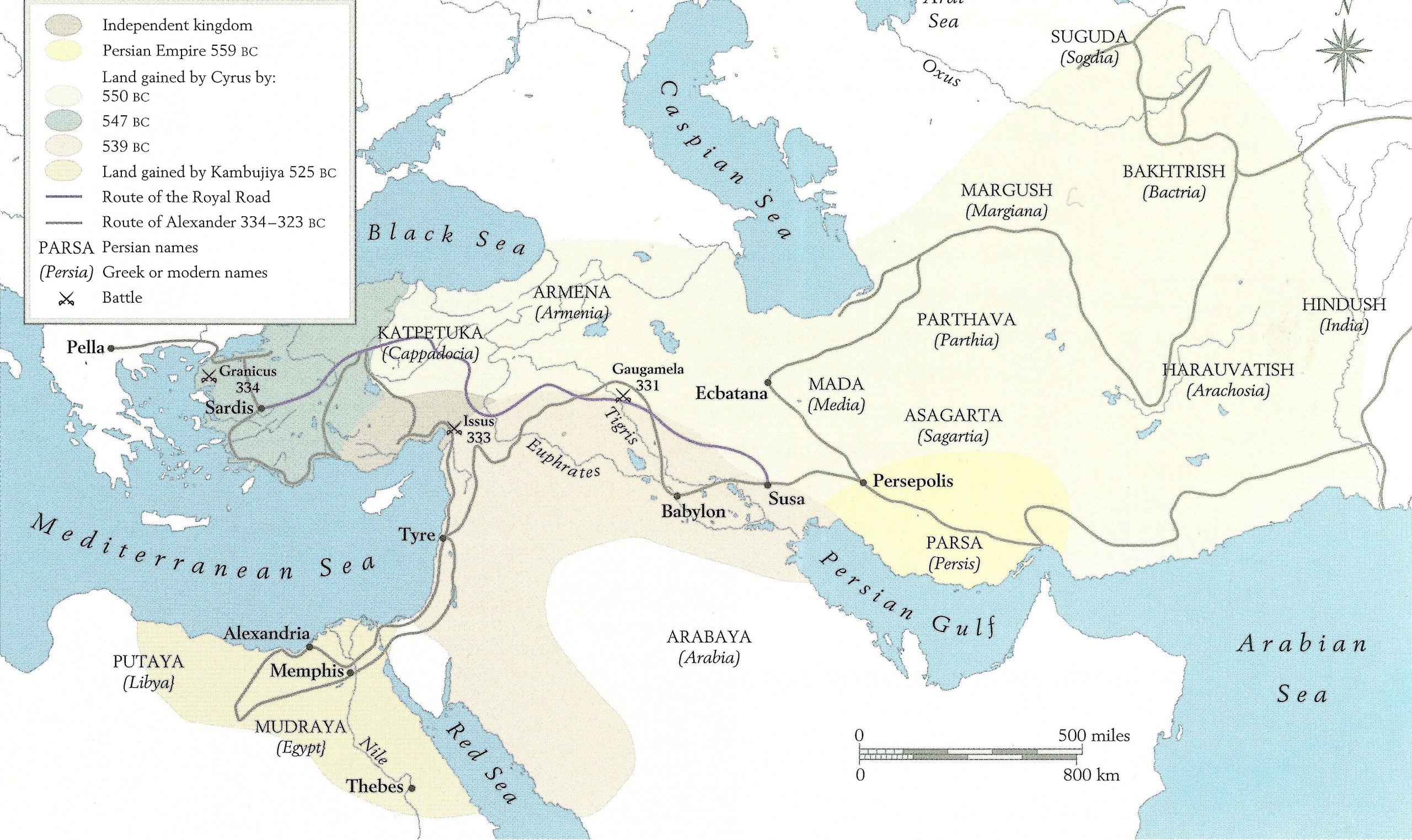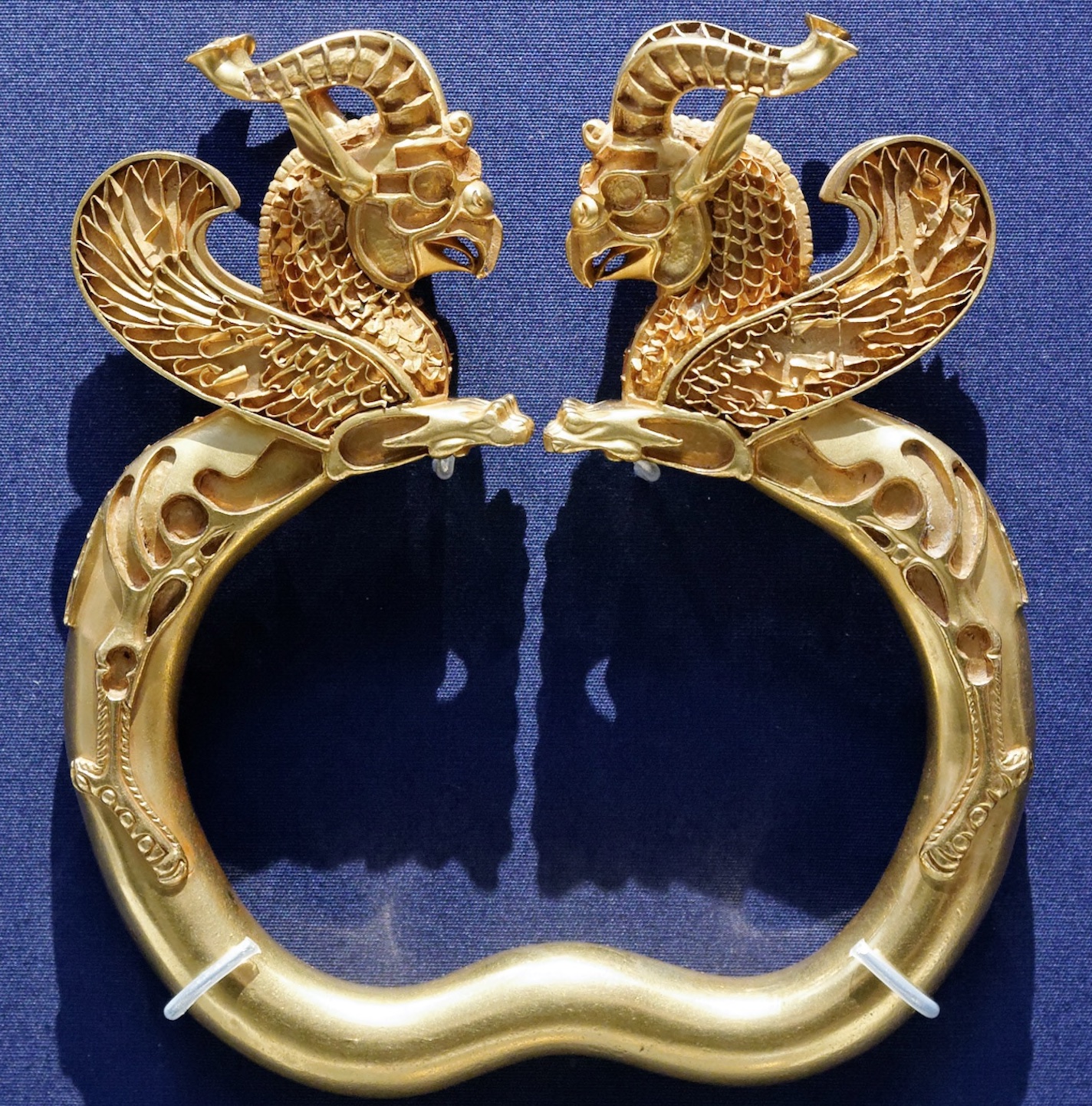The article “Stone-arched tunnel discovered near Achaemenid dam in southern Iran” was published in the Tehran Times on February 1, 2022. Kindly note that: (a) the text printed further below has been edited from the original Tehran Times report and (b) excepting one photo, all other images and accompanying captions printed below do not appear in the original Tehran Times report.
Readers further interested in the topic of engineering in ancient Iran are encouraged to consult the following resources:
- History Channel – Engineering an Empire: The Persians
- Ancient Dams at Pasargadae
- UNESCO: Shushtar Historical Hydraulic System
- Aqueducts of Iran
- Learning, Knowledge, & Sciences
=======================================================================================
A cultural heritage protection team has recently discovered a stone-arched tunnel located near an Achaemenid embankment dam in southern Iran. As noted by a local official:
“A stone-arched tunnel, which is 1.5 meters in height, has recently been found adjacent to a historical dam that is named after the Achaemenid king Darius (the Great) in Marvdasht plain of Fars province”. So far, 40 meters of the tunnel, which is believed to be once an aqueduct, have been explored, the official added and further averred that “… a careful study by heritage and cultural experts is expected to reveal the original usage of the tunnel.”

Archaeologists have discovered treasured data on dam construction engineering and water resources management during the Achaemenid period (c. 550 – 330 BCE) (Source: Tehran Times).
Archaeologists believe embankment dams constructed during the Achaemenid era (c. 550 – 330 BC) and their role in water management is still a source of inspiration for modern architects and engineers. As noted by archaeologist Hamia Karami:
“Achaemenid-era embankment dams were built with such knowledge, extent, and durability that after 25 centuries, [modern] earthen dams are still built per the Achaemenid engineering model.” The archaeologist pointed to “Bostan Khani” Dam, which is registered in the National Heritage list, as one of the “engineering masterpieces” of the Achaemenids, saying: “Excavations and surveys on Bostan Khani Dam, as one of the engineering masterpieces of the Achaemenid period… can increase our knowledge and understanding of the methods and techniques of dam construction and architectural structure that is currently being practiced.”

Inside the tunnel discovered near an Achaemenid Dam (Source: Tehran Times).
Located on a branch of the Pulwar River, near the UNESCO-registered Pasargadae, the dam is designed to contain floods and store large amounts of water for public use as well as use in agriculture and horticulture.
The Achaemenid [Persian] Empire was the largest and most durable empire of its time. The empire stretched from Ethiopia, through Egypt, to Greece, to Anatolia (modern Turkey), Central Asia, and to India.

A map of the Achaemenid Empire drafted by Kaveh Farrokh on page 87 (2007) for the book Shadows in the Desert: Ancient Persia at War-Персы: Армия великих царей-سایههای صحرا-:
Building activity was extensive during the height of the empire, and of the several Achaemenian capitals, the ruins at Pasargadae and Persepolis are probably the most outstanding. Achaemenid sculptured reliefs and a great number of smaller art objects present a remarkably unified style for the period. Metalwork, especially in gold, was highly developed, and a variety of carefully executed examples survive.

An Achaemenid-era armlet from the Oxus Treasures (Source: Public Domain). Note that the treasures and precious stones that were placed within the inlays have been lost over the ages. The above item is presently stored in the British Museum (Department of Middle East, Room 52, Inventory number: BM 1897.12-31.116).



